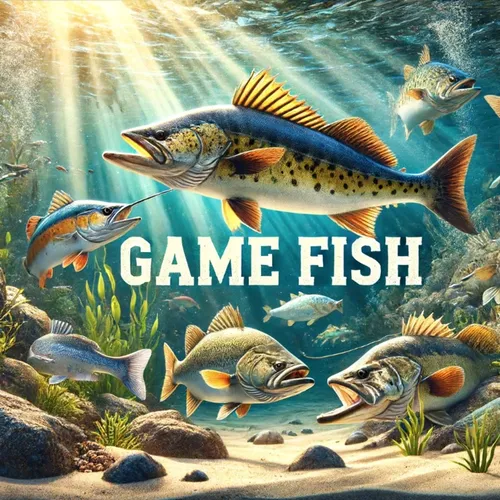Game and Fish Updates Nationwide: Adaptive Management, Conservation Funding, and Recreational Opportunities
- Author
- Quiet. Please
- Published
- Wed 03 Sep 2025
- Episode Link
- https://www.spreaker.com/episode/game-and-fish-updates-nationwide-adaptive-management-conservation-funding-and-recreational-opportunities--67623550
In the past week, several notable developments have occurred in the realm of Game and Fish across the United States, along with a few key events globally. In Arkansas, the Arkansas Game and Fish Commission met at Camp Robinson Special Use Area in Mayflower. A major point of discussion was the Deer Management Assistance Program and updates on projects like the Spring River hatchery and the long-term Alabama shad restoration work. Tommy Laird was recognized with the 2025 American Fisheries Society President’s Fisheries Conservation Award, highlighting ongoing efforts in state-level fisheries conservation. Additionally, the Commission approved an increase in the daily pintail duck bag limit from one to three for the 2025-2026 waterfowl season, based on updated studies suggesting that harvest limits have less impact on population dynamics than environmental factors and habitat loss. At the same time, the special teal duck hunting season was shortened, reflecting a trend toward more adaptive management based on real-time data and population modeling, as described by AGFC Wildlife Management Chief Luke Naylor.
In Florida, the Fish and Wildlife Conservation Commission is seeking public input for a holistic management approach for the popular spotted seatrout fishery. This initiative is part of a broader movement toward adaptive, region-specific fishery management that takes into account environmental and human impacts on fish populations. Florida authorities have also opened the harvest season for snook along the state’s east coast and most of the west coast, indicating strong stock health in these regions. Moreover, the fall recreational red snapper season began on September first for private anglers in the Gulf, a reminder of ongoing efforts to balance angler opportunity with sustainable population management.
The U.S. Fish and Wildlife Service debuted the new 2025-2026 Federal Duck Stamp at a ceremonial event in Stuttgart, Arkansas. These stamps, painted this year by Adam Grimm of South Dakota, have long been a tool for raising millions of dollars for wetland conservation in North America. Alongside the federal stamp, the Junior Duck Stamp—featuring a northern shoveler by a Texas high school student—was also launched to promote youth conservation education. The Duck Stamp Art Contest, which selects next year’s stamp, is scheduled for later this month at the Patuxent Research Refuge in Maryland. This reinforces national attention on wetlands and migratory bird protection and raises funding for continued habitat preservation.
In the western U.S., the Arizona Game and Fish Commission is holding public meetings in Eagar to discuss wildlife management strategies for the coming year. Meanwhile, the Mississippi Department of Wildlife, Fisheries, and Parks has kicked off dove season as scheduled, with education and outreach programs aimed at increasing public engagement in conservation efforts.
A notable pattern is the emphasis on data-driven management, community engagement, and conservation funding through traditional means like Duck Stamps and innovative regulatory updates. Across the country, agencies are increasingly using scientific modeling, public feedback, and adaptive policy changes to maintain healthy game and fish populations while supporting recreational opportunities and ecological health.
Some great Deals https://amzn.to/49SJ3Qs
For more check out http://www.quietplease.ai
